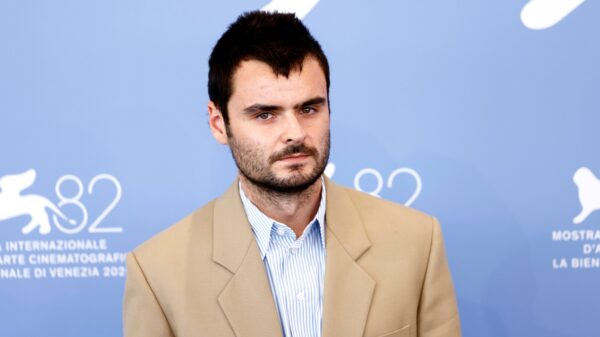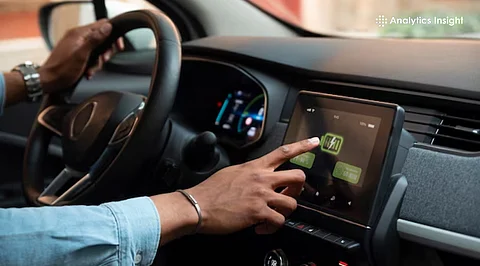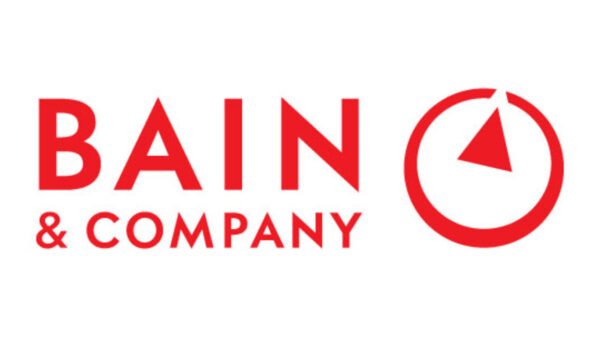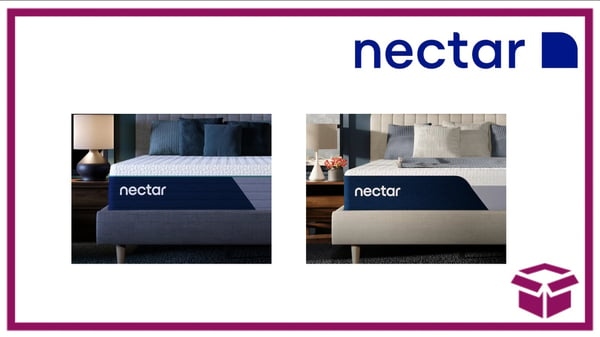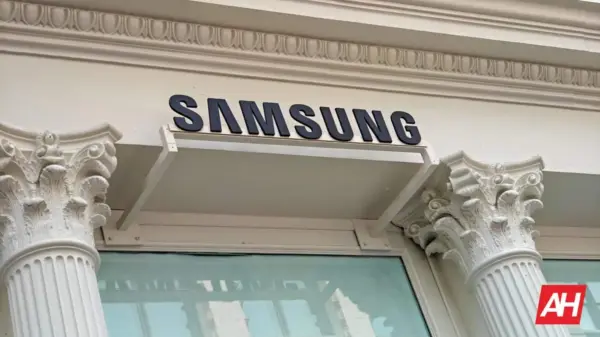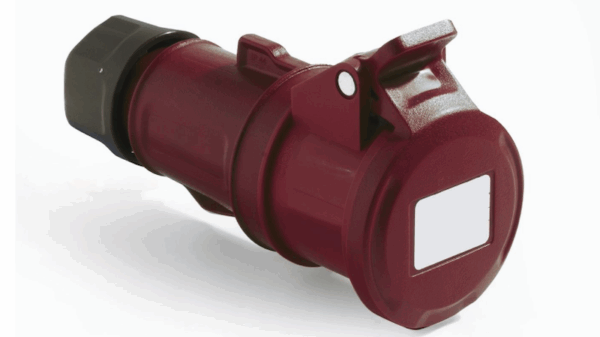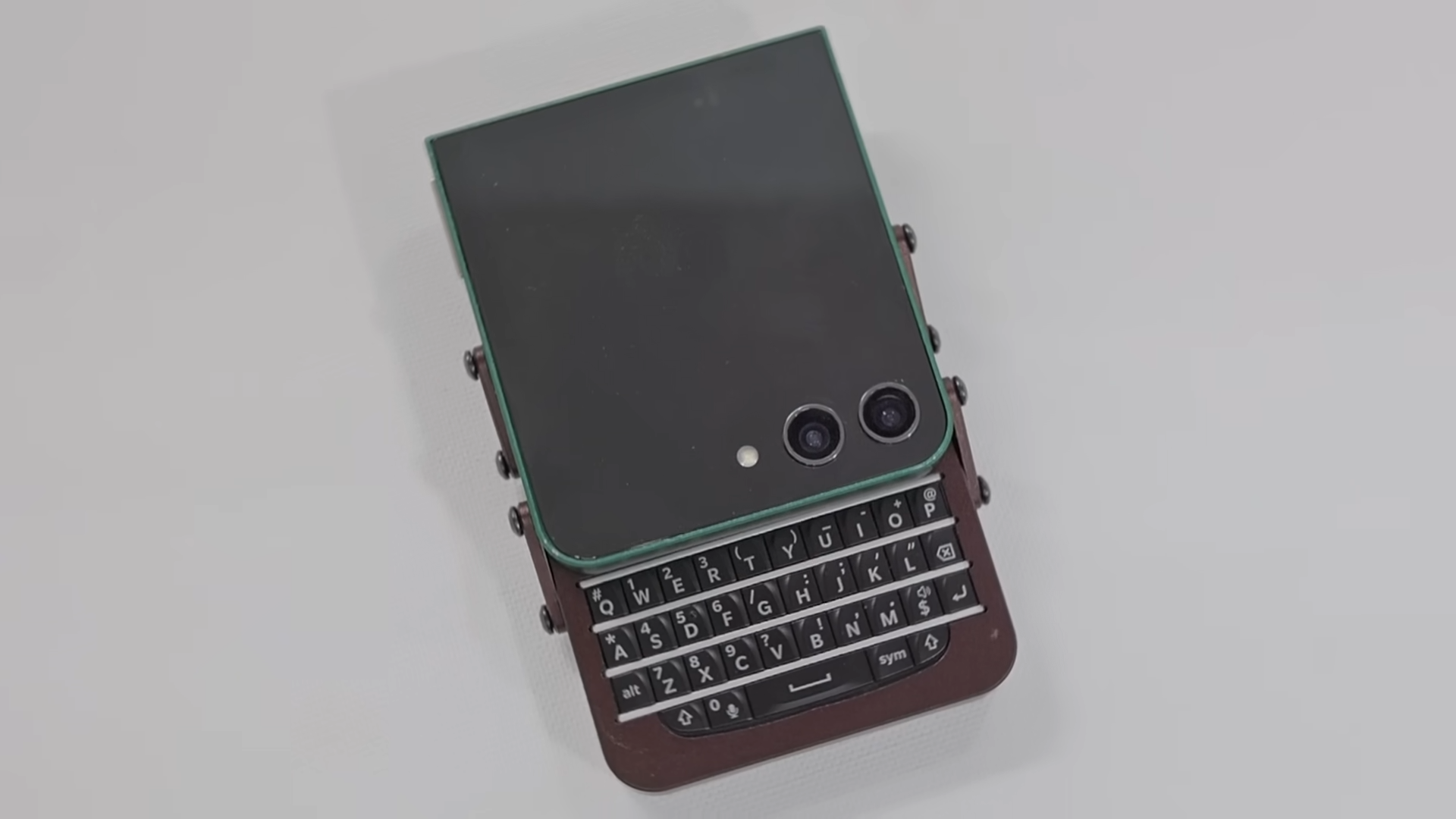In a creative leap within the mobile technology landscape, inventor Marcin Plaza has transformed a damaged Samsung zFlip 5 into a functional QWERTY slider phone. This innovative project showcases how existing technology can be repurposed, breathing new life into devices that would otherwise be discarded.
The current smartphone market has faced criticism for its lack of innovation, with many devices resembling flat rectangles. Plaza sought to break this monotony without completely reinventing the wheel. By utilizing the internal components of the broken zFlip 5, he crafted a unique device that combines nostalgia with modern functionality. The project highlights the potential of creativity and technical skill in an era increasingly dominated by uniform designs.
Plaza’s creation retains the original screen from the zFlip, which typically only serves as a notification display. With the primary folding OLED screen rendered unusable, he adapted the top half’s front display for more extensive use. This adjustment was made possible by Samsung’s Good Lock app, which allows users to customize their interfaces significantly. Through a few menu adjustments, Plaza successfully enabled applications and a launcher on the smaller screen.
The design process involved considerable engineering effort. Plaza’s custom case, crafted from CNC’d aluminum, features a complex four-bar linkage mechanism. Prior to finalizing the design, he produced several 3D printed prototypes, demonstrating the benefits of rapid prototyping in modern manufacturing. The bottom half of the slider incorporates a Blackberry Q10 keyboard, a battery, and a MagSafe connector, enhancing its functionality.
To connect the Q10 keyboard, Plaza employed a custom flexible printed circuit board (PCB) alongside an Arduino Micro Pro, which operates as a Human Input Device. Although this setup requires the phone’s USB port for the keyboard connection, the inclusion of wireless charging mitigates any inconvenience. Plaza also integrated magnets into the design to create an audible “snap” when the slider opens and closes, adding a tactile element that enhances user experience.
Despite the ingenuity of his design, Plaza has expressed concerns regarding its overall stability, stating that he does not feel comfortable sharing the design files at this time. This decision reflects his desire to further refine the project before making it accessible to the public. While it is disappointing for those eager to replicate the innovation, it underscores the challenges many inventors face in balancing creativity with practical functionality.
Plaza’s project stands as an example of how individuals can challenge the status quo in technology. Rather than merely converting a broken phone into a server, he has created a device that is both nostalgic and functional. In a market that often prioritizes aesthetics over originality, this inventive approach serves as a reminder that with creativity and technical prowess, the possibilities are boundless.







